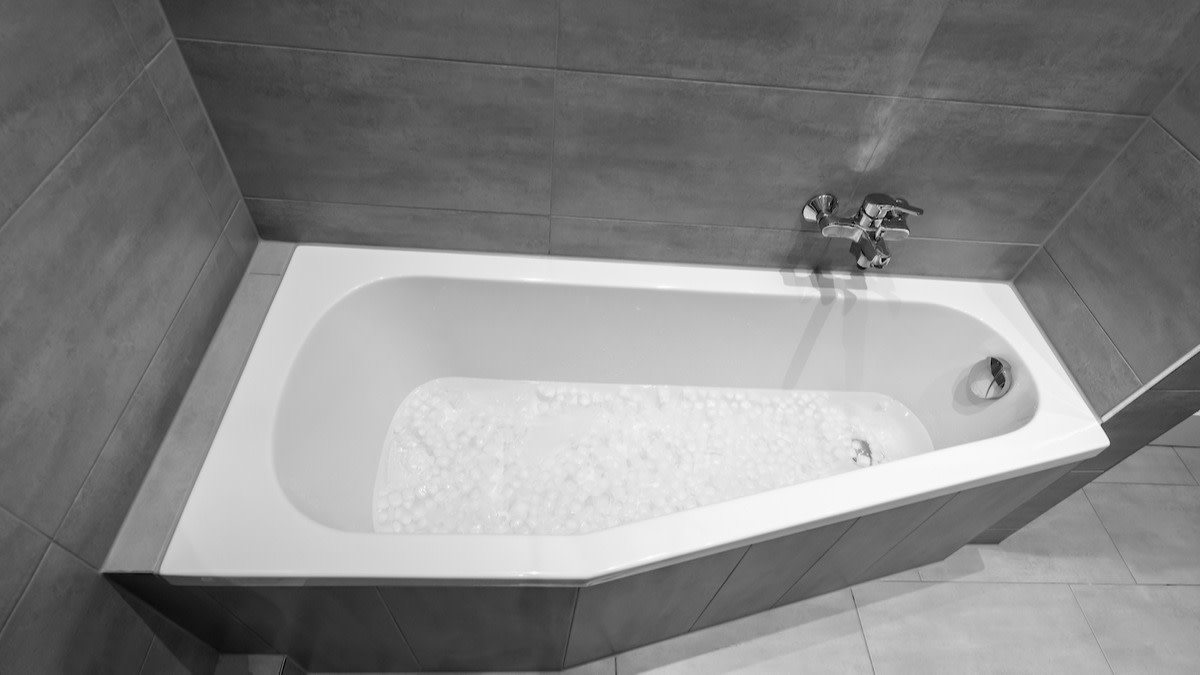Ice Bath at Home: How to Take an Ice Bath
Written by MasterClass
Last updated: Aug 25, 2021 • 4 min read
An ice bath is a type of passive-active recovery that athletes use for sore muscle relief. Read on to learn about the potential benefits of incorporating cold-water immersion into your wellness routine.
Learn From the Best
What Is an Ice Bath?
An ice bath is a form of cryotherapy in which an individual submerges their body in an ice-cold bath for a short period. Also called cold-water immersion, an ice bath is a form of passive-active recovery that may potentially ease muscle pain and reduce inflammation by boosting blood flow.
Ice baths are an increasingly common part of athletes' training and recovery regimens. After a period of intense training, athletes will sit in a tub of ice-cold water, ranging from fifty to fifty-nine degrees Fahrenheit, for ten to fifteen minutes.
4 Benefits of Ice Baths
While proponents of ice bathing tout its various health benefits, scientific evidence backing up those claims is inconclusive. Some of the potential benefits of incorporating cold-water immersion in your wellness routine include:
- 1. Potentially reducing muscle soreness: Proponents of post-workout ice baths laud the cold water’s ability to relieve sore muscles and speed up recovery between intense workouts. When you immerse yourself in an ice bath, the cold exposure causes your blood vessels to constrict. These vessels rapidly dilate when removed from the cold water, potentially easing delayed-onset muscle pain by flushing out metabolic waste products and increasing blood flow.
- 2. Possibly improving sleep: Ice baths may improve sleep, which, in turn, strengthens the central nervous system. Better sleep and a strong nervous system reduce fatigue, strengthen your immune system, and improve mental health. Learn more tips for getting better sleep.
- 3. Potentially helping with stress management: Improved stress management is another potential benefit of cold-water immersion. Short-term exposure to cold temperatures may improve the mind’s ability to withstand discomfort and cope better with stressful environmental changes. The ritual also develops your breathing, as deep breathing is vital to withstanding the discomfort of cold-water therapy.
- 4. Cooling you down: Like a cold shower, taking ice baths during heat waves or on humid days can help cool the body. Some scientific studies found evidence that taking a cold bath can relieve an overheating body, a condition known as hyperthermia, by reducing body temperature.
How to Take Safe Ice Baths for Recovery
When done safely, ice baths can potentially help a fitness enthusiast or professional athlete bounce back after a hard workout. Aim to take the ice bath within thirty minutes of the end of your training session or competition to receive any potential benefits. Follow these measures for safe and effective ice bathing:
- 1. Fill a tub with cold water. Fill a tub halfway with cold water and ice. One to three bags of ice should be enough to achieve the optimal water temperature—between fifty and fifty-nine degrees Fahrenheit—depending on your cold tolerance level.
- 2. Stage your post-bath clothing. After your ice bath, you’ll need to dry off and get into warm clothes to bring your body temperature up. Stage your post-bath clothes in the bathroom before you enter the bath so you can access them quickly.
- 3. Don the proper attire. You’ll need to wear clothing, like shorts and a T-shirt, during your ice bath to protect your skin. Some people also choose to wear a sweatshirt and booties to keep their torso and toes warm.
- 4. Set an alarm (optional). You can set the alarm on your phone to ensure that you do not stay in the ice bath for longer than fifteen minutes, which is the maximum recommended length of time for this form of cryotherapy.
- 5. Enter the ice bath. Slowly submerge your feet, legs, and waist into the ice bath. Entering the water too quickly can shock your system, so it’s best to ease in slowly. As you enter, breathe deeply to stay calm. The parts of your body submerged in the water will start to feel numb after a few minutes.
- 6. Soak in the ice bath for up to fifteen minutes. Once you’ve adjusted to the water, briefly submerge parts of your upper body. Consider meditating to take your mind off the extreme temperature drop. Soak for up to fifteen minutes. Ice bathing for longer than fifteen minutes increases your risk of hypothermia and frostbite.
- 7. Get out and warm up. Exit the bath slowly. Immediately remove your wet clothes and set them aside. Next, use a towel to dry off and put on the warm, dry layers that you staged nearby. Warm-up faster by drinking a warm beverage.
Post-exercise ice baths are not without risk. If done incorrectly, this practice can lead to intense discomfort, hypothermia, and even shock. People with high blood pressure, cardiovascular disease, or diabetes should consult a doctor before participating in this form of cold therapy. Additionally, avoid ice baths if you are new to working out or getting back in shape after some time off, as they may hinder muscle growth.
Want to Dive Deeper Into Your Wellness Journey?
Throw on some athleisure, fire up a MasterClass Annual Membership, and get ready to sweat it out with exclusive instructional videos from Nike Master Trainer and GQ fitness specialist Joe Holder. Want to improve your cardiovascular endurance? Give Joe’s HIIT workout a go. Trying to get a little swole? He’s got a strength training workout for that. From fitness tips to nutrition hacks, Joe will have you feeling healthier in no time.
